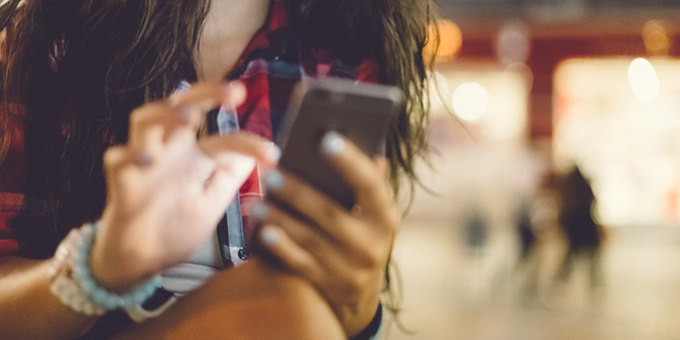NetSafe released their second Ngā taiohi matihiko o Aotearoa – New Zealand Kids Online. The research analyses New Zealand children’s experiences of online risks and their perceptions of harm.
Two milestones for Māori. One ‘Kia ora’ is spelled orthographically correct this time (also AirNZ has rectified this too) removing a distraction. I believe this is the first time ‘Kura” has been directly identified as a stakeholder. It is not evident in the report that students form kura were interviewed which would create different views as kura students are more immersed in tikanga and matāuranga Māori. Nevertheless, the statistics are always a valuable resource for Māori.
Key statistics that mention Māori are below, followed by my comments.
- 26% or 521 Māori children aged between 9 and 17 were part of the research.
The research would be much more useful to understand how different Māori children react. Perhaps too, the difference between Pacific cultures and those who were born and raised in New Zealand compared to those who have lived in New Zealand later in their life.
- Māori (28%) and NZ European/Pākehā (27%) were more common to be bothered by something they saw online compared to Pacific (23%) and Asian (19%) children.
- Pacific children (58%), Māori (54%) were more likely to be fairly or very upset. Rates were lower among NZ European/Pākehā (47%) and Asian respondents (40%).
- NZ European/Pākehā and Māori, both 63%, Pacific children (76%) were more
likely to feel fairly/very upset.
One should consider the fact that non Indigenous Peoples are statistically likely to suffer more bias and harassment in New Zealand than non Indigenous Peoples resulting in Indigenous Peoples being more resilient. Therefore, I would suggest that Māori and Pacific stats are likely to be more likely to offended by content online they see whether that is cultural appropriation of other forms of bullying. It may also provide more details about online bullying, racism, hate messages, targeted sexting and cultural appropriation viewed by children.
- It is more common for Māori to report they have treated others badly in the past year (13%) compared to NZ European/Pākehā and Pacific children (10% for each).
This is a constant theme for Māori children online. It is also a justification for the likes of NetSafe and other agencies to be given increased funding to deal with ethnic online safety issues. Perhaps this is the time for NetSafe to consider a Te Tiriti statement in their organisational documents?
- It was more common for Māori (75%) and NZ European/Pākehā (71%) to talk with their parents after experiencing an online incident, with 69% of Pacific children taking a similar approach while the rate was lower among Asian children (53%).
This is positive for Māori considering the statistical likelihood of online and abuse and harassment. It would be interesting to know what terminology was used here as Māori are more likely to have older whānau members they will speak to as opposed to a parent.
- It was more common for Pacific (15%) and Māori (14%) children to have had a virus or spyware on their digital device.
This seems to follow the trend that Māori are more likely to be victims of online safety issues and a lack of ICT support both at school and in the home. It also raises the question for me what are the statistics of Māori who are victims of online crime?
- Pacific (14%) and Māori (13%) children had someone used their password to access their personal information or to pretend to be them, slightly higher than other ethnicity.
This is a cultural practice that I have been aware of for sometime. There are numerous reasons for this including shared resources.
- Pacific teens were more likely to say their school results have deteriorated because of the
time they spend online (19%) compared to Māori (11%) and NZ European/Pākehā adolescents (7%). - Teens’ unsuccessful attempts to spend less time on the internet. Pacific children reported the highest rate (21%). This was followed by Māori (16%) and NZ European/Pākehā teenagers (13%), for instance. On the other hand, Māori teens were more likely to say that they experienced conflicts with family or friends because of the time they spend online (17%).
These statistics are a given as the Internet and related technologies are a direct conflict with Māori societal values. It is also reflective of the J. K. Hunn’s report 1061 that saw many Māori move from their family lands and villages. It is still a social issue today for Māori. It is likely that Māori children are using the Internet to keep in contact with whānau who live apart. I say this is totally expected a a sign of a conflict between traditional Māori values and the digital world.
The research questions would have benefited greatly by asking what activities. If not the social issues mentioned above, there could be online addictions that need to be explored.


Leave a Reply
You must be logged in to post a comment.